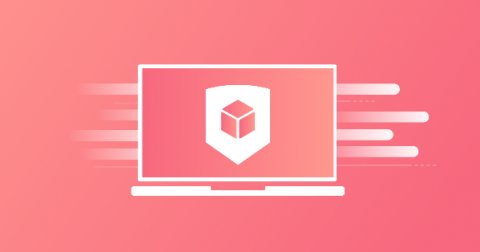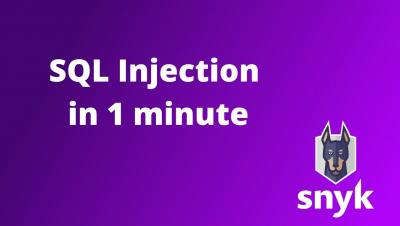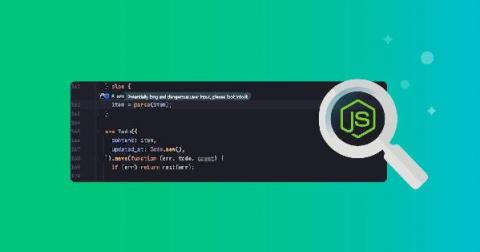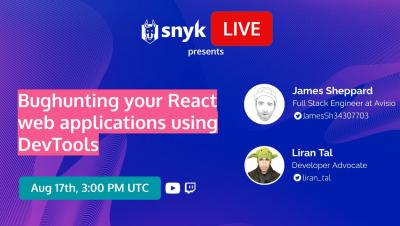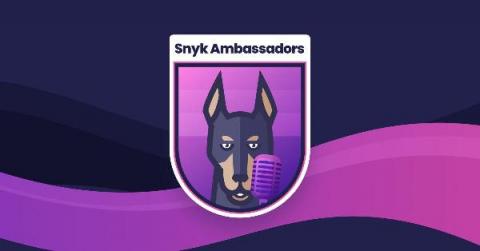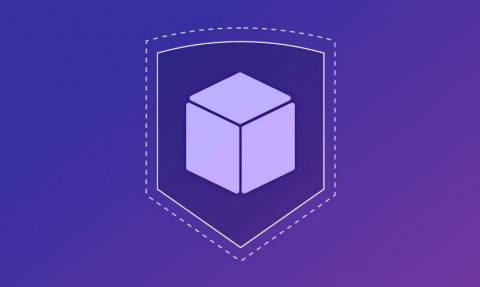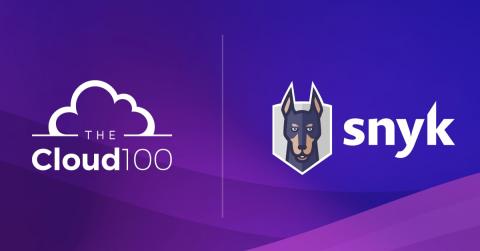Snyk Container meets Cloud Native Buildpacks: Cloud Native Application Security the right way
So you’re running microservices in containers? Congratulations! This is an important step towards meeting those business needs around delivering applications to the hands of your customers as soon as possible. But how can we mitigate any potential risks associated with faster software deployment? Simple, with Snyk.


